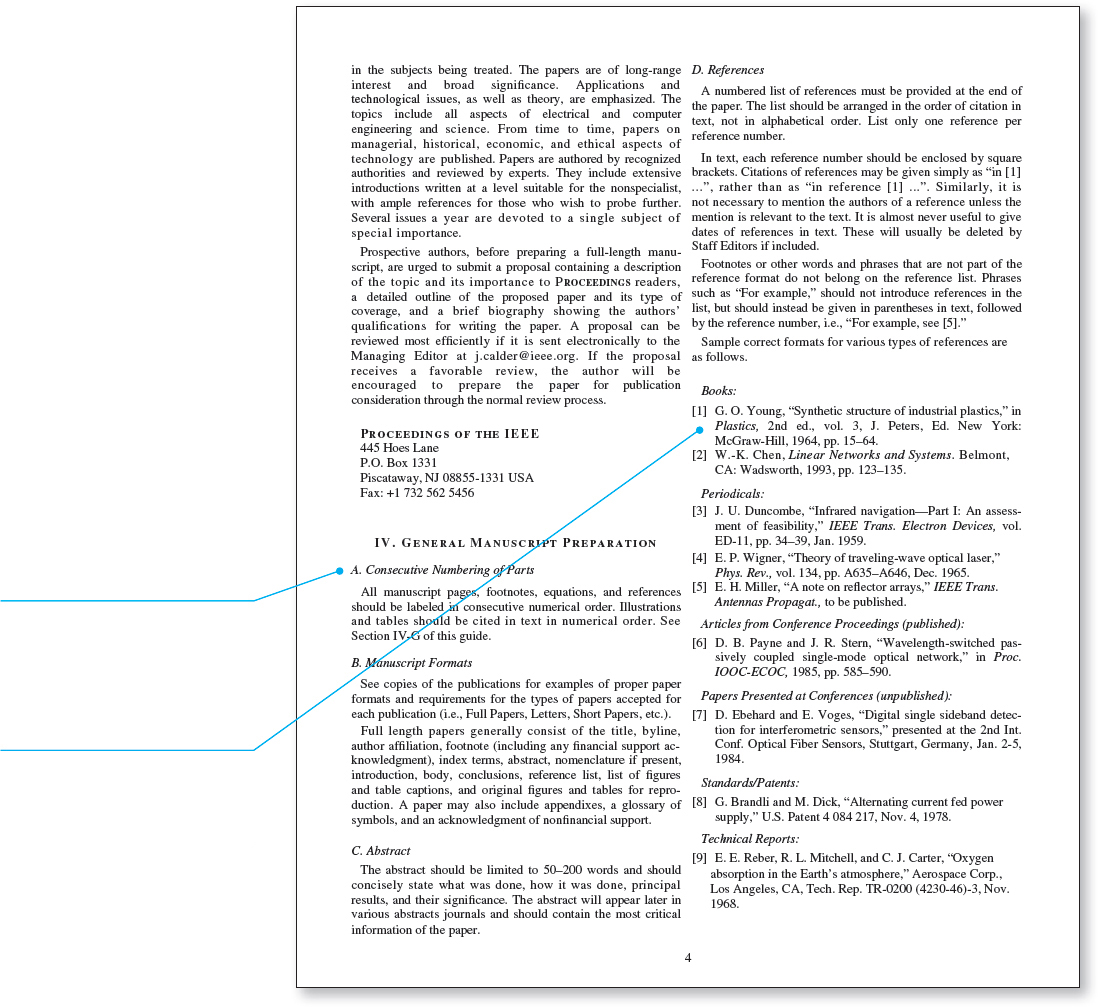Understanding the Role of Science and Engineering Articles
Printed Page 523-527
Understanding the Role of Science and Engineering Articles
If you are a science or engineering student, you will have many opportunities to write about your field once you enter the working world. Rather than writing for an audience of teachers, you will write for a professional audience of supervisors, members of professional boards, government officials, clients, other scientists or engineers, and potential funding sources. Your reports might be read only by people in your organization, or you might have a global audience.
Both researchers and practitioners sometimes develop their lab reports into articles for publication in professional journals. Some companies offer a monetary bonus to employees who publish articles in scholarly journals. These articles help the companies gain recognition as leaders in innovation and help the researchers demonstrate their ability to contribute new ideas to the field.
Articles in the sciences and engineering are often organized like lab reports. However, rather than following an instructor’s preferences, researchers in the workplace follow the author guidelines of the journal to which they will submit their article. Figure 19.2 shows one organization’s author guidelines for preparing a manuscript.
This page provides prospective authors with information on how to prepare a manuscript for submission to IEEE journals. IEEE (which originally stood for Institute of Electrical and Electronics Engineers, Inc.) is the world’s leading professional association for the advancement of technology. With 425,000 members (including 116,000 student members), IEEE publishes almost 150 journals and magazines.
Instructions explain how to number manuscript pages and graphics, how to format papers, what to include in an abstract, and how to document references.
IEEE publications require a unique documentation style and format. Sample formats for common types of references in this field are shown.
The more closely an article follows a journal’s author guidelines, the more likely it is to be accepted for publication and the more quickly it will be available to readers.

When a scientist or engineer submits an article for publication, the argument and its supporting evidence are carefully evaluated by other professionals in the field. This type of evaluation is called peer review. Peer reviewers make suggestions for revision and, ultimately, recommend whether the editor of the journal should accept the article for publication. The review process can involve extensive revisions, multiple drafts, and even disagreements. When the peer reviewers agree that an article represents a persuasive scientific argument and offers significant new insights, the article is ready for copyediting and eventual publication in the journal. The entire process, from initial submission to publication, can last several months to well over a year.
An increasing number of journals now allow prepublication. That is, they permit an author to post a draft of an article either on the journal’s own website or on some other site, enabling other researchers to read the draft and offer comments or suggest revisions. Then, the author can revise the article and submit it for publication by the journal. This practice is meant to take advantage of the expertise of a broad community of readers while maintaining the rigor of refereed publication.